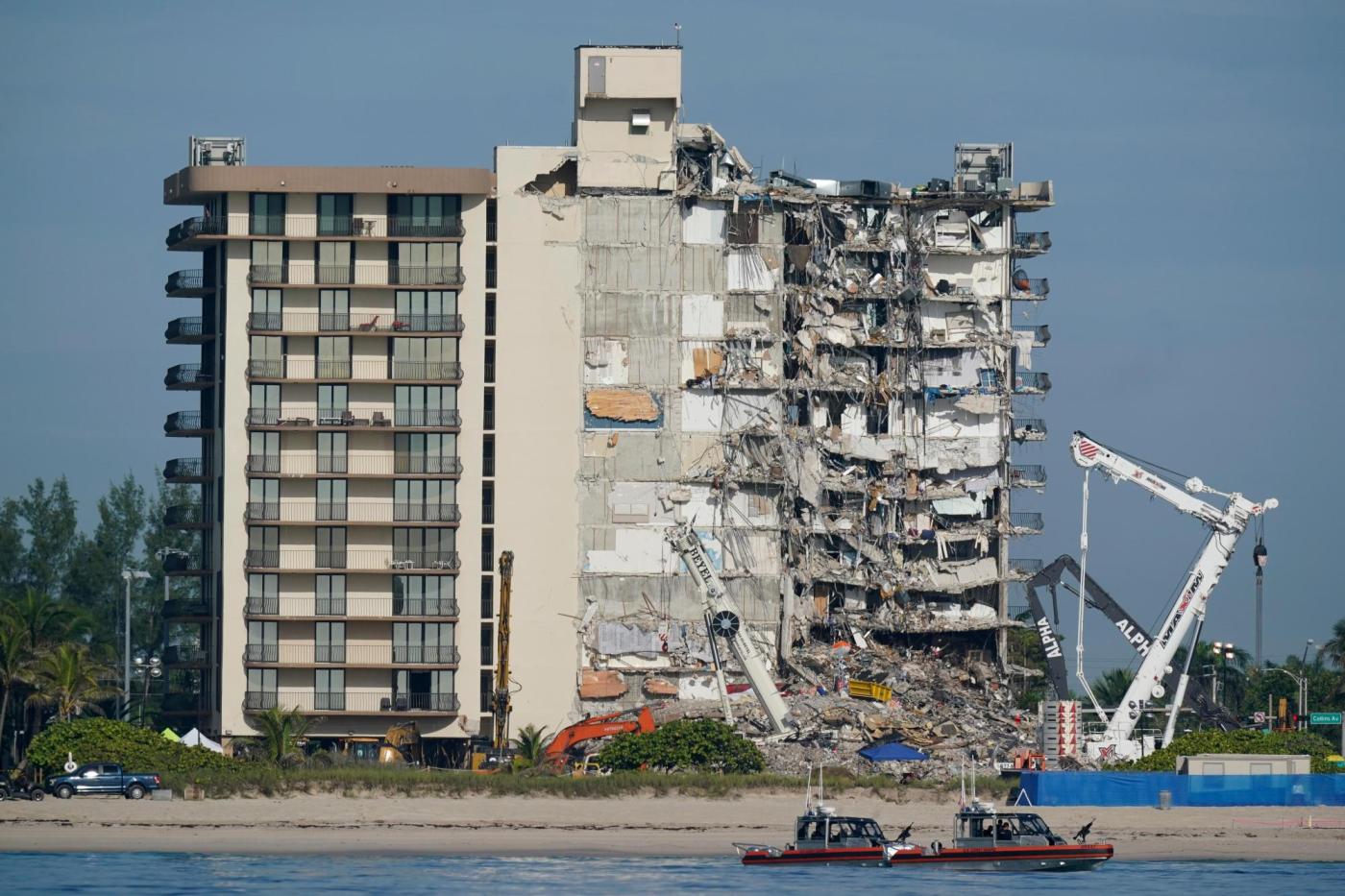Fannie Mae tightened the screws on every condo association in America after the 2021 Chaplain Towers collapse in Surfside, Florida, where 98 lives were tragically lost.
Financial and operational standards must be met, or the association is blacklisted. That’s budgeting, financial reserves, acceptable property maintenance and the like.
In industry parlance, these blacklisted associations are known as non-warrantable condos, with 300 to 400 associations added every month, according to one industry source.
I recently learned of a program allowing just 10% down when it comes to non-warrantable condos. The old standard was a minimum 20% down. It’s a big deal, especially for first-time buyers trying to squeeze in with small down payments. Borrowers must have a minimum FICO score of 720. Loan amounts go up to $2 million.
Self-employed borrowers
Moving on, consider a hot program for self-employed borrowers. If you don’t have enough tax return income to mortgage qualify, there’s always business bank statements that could make loan approval happen.
Here’s how it works: For a $3 million loan, a 10% down payment is required.
Provide the most recent 12 months of business bank statements. The underwriter will add up all the deposits, with all the inbound money transfers excluded.
That sum is divided by 12 months to calculate monthly income. Then the lender gives the borrower an overhead haircut. Say it’s a home-based consultant bringing in $50,000 per month after all deposits and transfers are considered. The overhead haircut calculation is 15% or $7,500. The income the underwriter uses would be $42,500-per-month. Not bad for someone who didn’t have enough tax return income to qualify.
The size of the overhead haircut depends on the type of business. For example, a retailer would have to take a 50% haircut or more.
This financing instrument is also available using personal bank statement deposits but without any overhead haircut or any transfer deductions.
How about a program allowing borrowers to qualify with just a profit and loss statement signed by the tax preparer? No bank statements and no tax returns required. You need a minimum 15% down payment and excellent credit.
A reverse 1031 bridge loan.
A reverse 1031 bridge loan exchange is designed for a person looking to trade his or her investment property. The investor wants to first find the up-leg property. No other funds are available to first purchase the up-leg property. So, with this type of bridge financing, the property owner or investor can pull out up to 40% of the equity in the soon-to-be departed investment property.
The up-leg requires a minimum of a 25% down payment. The investor now has the down payment cash to complete the purchase.
No payments are required on the bridge financing extracted from the departing investment property. The investor must complete the exchange transaction within six months. In other words, have the departing property sold and the rest of the funds transferred to the up-leg property. The maximum loan amount is $3.5 million.
Outside-the-box
Another useful outside-the-box program is called no ratio debt service coverage ratio, or no ratio DSCR. This program is designed for someone wanting to purchase or refinance rental property but does not show enough tax return income to qualify. It doesn’t matter if the market rent for the rental property is enough to cover the house payment. That ratio is not considered. It’s easy to qualify with a 25% down payment or equity in the case of refinancing. Loan amounts go to $1.5 million.
Foggy mirror
My favorite loan program is a fog-the-mirror mortgage. Essentially, a buyer with excellent credit provides a minimum 20% down payment and nine months of payment reserves.
The job section and the income section of the loan application are kept completely blank. Ideally, this is for someone with unusual situations. For example, someone who has recently become self-employed. Typically, one needs to be self-employed for two years for the income to count. This is for owner-occupied properties only. The maximum loan amount is $3 million.
The loan programs mentioned above are exotic. In industry parlance, they are referred to as non-QM or nonqualified mortgage loans. Generally, exotic loans may be more expensive than traditional loans offered by mortgage giants Fannie Mae and Freddie Mac. I’d say 1-2% higher.
Freddie Mac rate news:
The 30-year fixed rate averaged 6.64%, one basis point lower than last week. The 15-year fixed rate averaged 5.82%, seven basis points lower than last week. The Mortgage Bankers Association reported a 1.6% mortgage application decrease compared to one week ago.
Bottom line:
Assuming a borrower gets the average 30-year fixed rate on a conforming $806,500 loan, last year’s payment was $97 more than this week’s payment of $5,172.
What I see:
Locally, well-qualified borrowers can get the following fixed-rate mortgages with one point: A 30-year FHA at 5.49%; a 15-year conventional at 5.25%; a 30-year conventional at 5.99%; a 15-year conventional high balance at 5.75% ($806,501 to $1,209,750 in Los Angeles and Orange counties and $806,501 to $1,077,550 in San Diego County); a 30-year, high balance conventional at 6.5% and a jumbo 30-year fixed at 6.375%.
Eye catcher loan program of the week:
A 40-year fixed rate mortgage, interest-only for the first 10 years at 6.625% with 1 point cost.
Jeff Lazerson, president of Mortgage Grader can be reached at 949-322-8640 or jlazerson@mortgagegrader.com.
